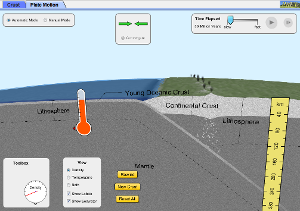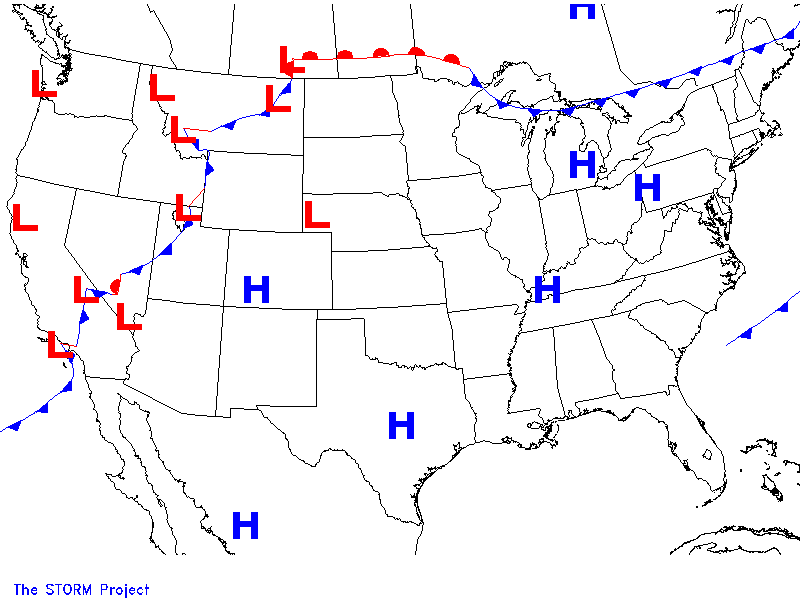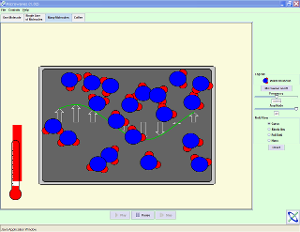For each question, provide a photo and answer the question. Email me the document at marciapowellATgmail.com
What us the difference between decay and litter?
How does fuel serve as a storage unit for carbon and nitrogen?
Show the two soil types. Which has more nitrogen and how do you know?
When does a leaf stop being a plant and start decaying?
With more people do we just need more plants?
What do fuel efficient vehicles have to do with these cycles?
As more human beings live in.cities, what happens to the issue of fertilizer?
What us the difference between decay and litter?
How does fuel serve as a storage unit for carbon and nitrogen?
Show the two soil types. Which has more nitrogen and how do you know?
When does a leaf stop being a plant and start decaying?
With more people do we just need more plants?
What do fuel efficient vehicles have to do with these cycles?
As more human beings live in.cities, what happens to the issue of fertilizer?









